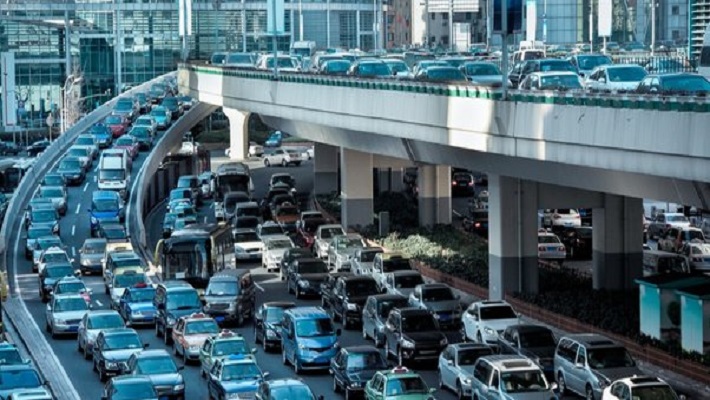
People like different things. It’s a matter of taste or experience, but the thing that people universally hate the most is traffic. You never hear anyone say “I love traffic jams”, if someone does, it’s a problem. Waiting on still roads full of smoke with people honking on their horns thinking traffic will pass if they just horn louder, air filled with smoke getting on your skin and the mental and physical fatigue filled with tiredness in your feet. And what tells you when you come late to work is not something you want to do every day. Everyone got 100 problems and traffic is 99 of them. It’s very true if you are from Namma Bengaluru. Girls, if a Bengaluru boy tells he is late for his date and he tells traffic as a reason, you better believe him…Every time.
One of the simplest solutions anyone can come up with is “Why can’t the government make bigger roads”. This is such a surface-level solution that even a toddler who learns to speak can come up with it. So why hasn’t it been already, turns out this isn’t a superficial problem like everyone thought it was. This traffic issue isn’t new, experts already pondered this since the 1960s. It is only recently that this is explored in great detail as roads are critical to any economy.
Wider Roads, Greater Usage
There is an economic phenomenon known as induced demand. Induced demand is a trend where you increase the supply and reduce its price while increasing its consumption. If you make something easier to do with little to no cost, people will do it more.
Guess what the prominent example of this is. Roads. It has been observed in the US that during 1970-1980, road capacity was increased by 10%, and it was followed by an increase of 10% in driving. And from 1990-2000, 11% more roads were added and driving also increased by 11%, these two numbers increased in tandem, hand in hand.
Now it can be attributed to coincidence, correlation and causation. But that’s highly unlikely. A lot of road plans were built when a city was still in its early stages and it is still in play today. Did those designers have any idea that millions of cars were going to be traversing the road all those years ago? Even though road widening and multiple roads were built over the decades to ensure a smooth flow of traffic, there was still heavy traffic of the same magnitude. It’s like replacing a water pipe, if a small water pipe allows drawing less water, bigger water pipes draw more water, in both cases, and the water would fill the pipe completely when flowing.
Where Are New Drivers Coming From?
By this time you might have got a question, “WHERE ARE THE DRIVERS COMING FROM? DOES THE ROAD SPLIT AND GIVE BIRTH TO THEM??” Turns out the answer to this is human nature, if you give them an easy avenue to travel, people would definitely do it, human are creatures that love to travel, as we see on a certain app’s bio “love to travel” is a common line. If anyone can go anywhere when they think it’s easy to go, they would. If there was an ice cream store which was 5 minute's drive away, I would drive there every day, but if it was hard to go there, I would do it once in a blue moon. If there are wider roads, businessmen and traders are going to make full use of them by increasing their shipments and visits to the city. All these activities would just erode the newly added extra capacity. The main reasons for roads to get jammed are… the roads themselves.
Are Public Transits the Solution?
Well, another solution that’s being laid out is public transportation, but again an induced demand happens. Add a new subway train network, and some people are going to stop using their vehicles and use the subway, but new drivers will replace them on the roads. Kind of similar to adding a new lane. Make no mistake public transits allow more people to get around for a lower cost, but they shouldn’t be marketed as solutions to traffic problems.
Solutions
One of the most effective, not 100% solutions is paid parking. It is common in cities, a lot of drivers in busy areas are just looking for a place to park, and parking is always free so it is common to misuse them. If such a free thing is priced people will not randomly abuse parking their car just so they can grab a tea. If a price is put on it, people will be more conscious of it and will move their vehicles after finishing whatever they were doing, thus ensuring a smoother flow of traffic. This has been tried in London and Singapore and has yielded some results, but there is another problem with this, if you make something that was always free and put a price on it, the backlash is common. No legislator wants to earn the wrath of his voters, so people in power are not going to risk that move. It can be said that as long as there are roads there will be traffic, and we will have to live with it.







